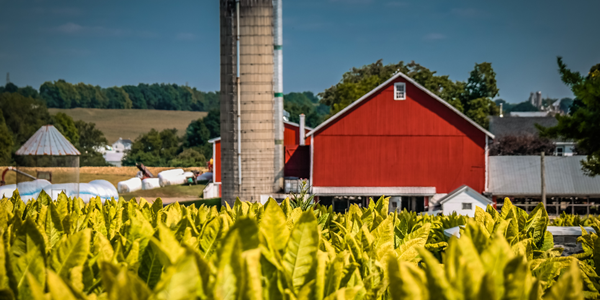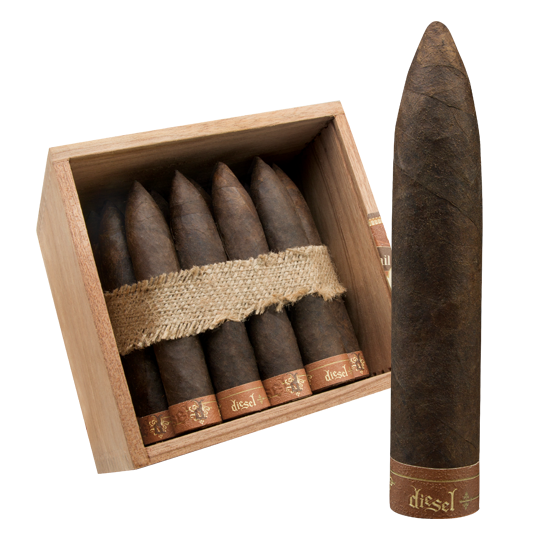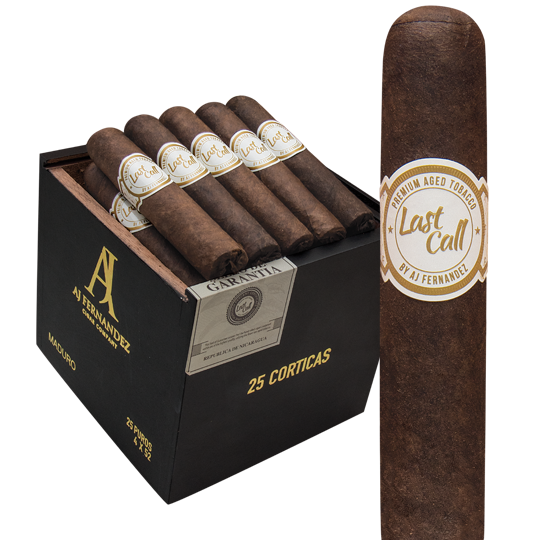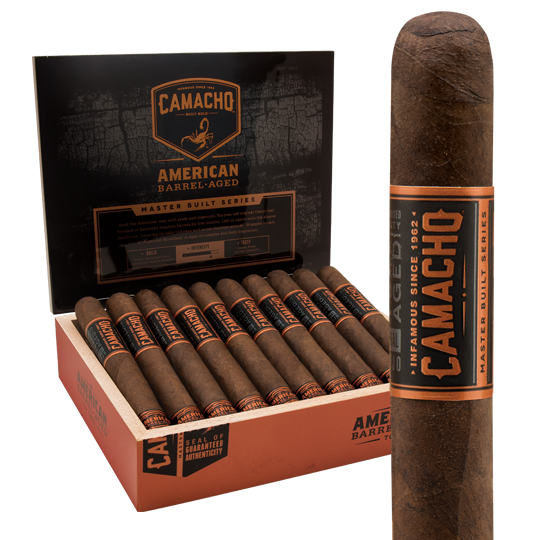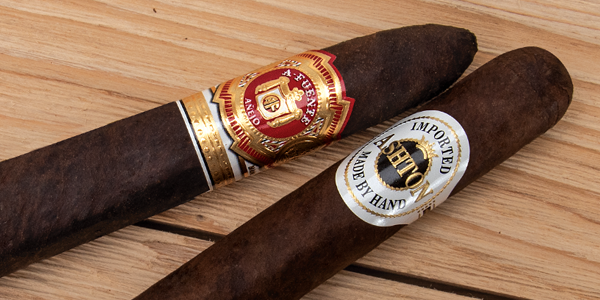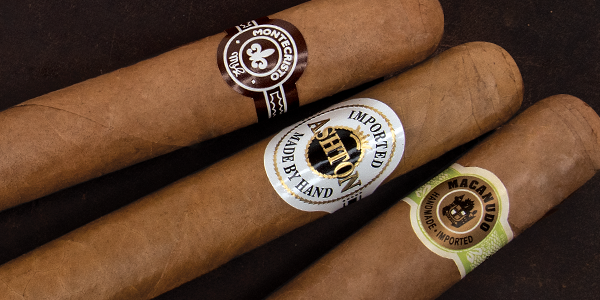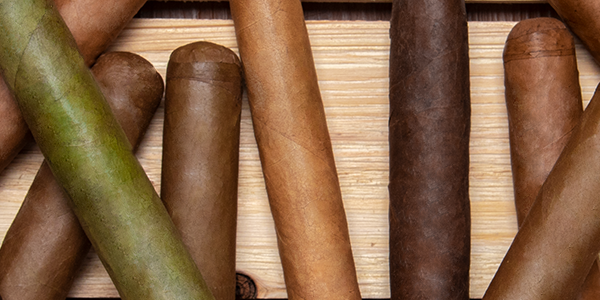All About Pennsylvania Broadleaf Cigars
Let’s get the fun fact out of the way. The word “stogie” comes from Pennsylvania. To be specific, it comes from Conestoga, Pennsylvania in Lancaster County, home of the Amish and also of the Conestoga wagon that transported families west in the 1800s. As it happens, the leaders of the wagon trains would often smoke long, homegrown cigars using fairly rustic leaves that gave off a very strong smell. The cigars became known as stogies.
Lancaster County
Lancaster County, Pennsylvania, has grown tobacco for a long time. It turns out that the region has very fertile ground and the right temperatures for tobacco to grow. The problem is that tobacco growing requires a lot of labor, and it’s hard work, and there wasn’t a lot of money in it for a long time. The cigar boom in the 1990s saw a resurgence in interest in Pennsylvania tobacco, particularly Pennsylvania Broadleaf. Until the cigar boom, Pennsylvania Broadleaf had been used mainly as filler for cigars like Phillies and Garcia y Vega.
Made the Same Way for 300 Years
Today, the Amish grow tobacco in much the same way they did in the 1700s. The Amish use horse-drawn carriages to plant in early summer. By harvest, around August and September, families are in the fields cutting the stalks with shears of what’s known as “Pennsylvania 41.” (They also grow “Maryland 609” for cigarette tobacco.) The cut leaves are left in the sun for a short time to soften. The wilted plants, about five of them, then get speared onto a four-foot-long lath, a thin, flat strip of wood. The laths are stacked back onto the horse-drawn carts to be hauled to the sheds for curing. This is tough work. Farmers and their hired help get up at dark and work until dark. The laths weigh about 40 pounds each. Farmers take them from the carts and hang them on long rails in the curing shed. The laths hang high and it’s hot under the tin roof of the shed.
The tobacco cures for about two months in the sheds. In November, the laths are taken down. The leaves are a deep copper color. They then get put in an unfinished cellar where it takes on moisture for a few days. The laths are then taken to a stripping room where the leaves are removed from the stalk and packed up. The stripping process can take more than a month for a farmer. At the end of the process, the leaves are pressed and sent to auction or sold on the farm.
The Central Penn Business Journal reported this year that, “According to the Pennsylvania Department of Agriculture, Lancaster County is home to 946 tobacco operations, and leads Pennsylvania with 70 percent of the state’s 10,000 acres of tobacco.” The county grew more than 16 million pounds and recorded sales of around $30 million.
Brands Made with Pennsylvania Broadleaf
The soil in Lancaster County is rich in calcium, nitrogen, and potassium. This helps make the tobacco grown there dense, tough, durable, and very combustible. Pennsylvania Broadleaf gained popularity as a binder due to these characteristics. To make the leaves acceptable as wrapper takes a lot of time and significant fermentation to get the color to balance out. That’s why AJ Fernandez took multiple years to ferment his first batch for use as wrapper in two cigars using Pennsylvania Broadleaf. The results have been very well received.
Fernandez’s Diesel cigars show off the sweet spices and earthiness that Pennsylvania Broadleaf offers. The Diesel is a medium to full-bodied cigar, using some of the strength from its Nicaraguan fillers. This cigar shows how well Pennsylvania Broadleaf blends with other tobaccos. Fernandez makes the Diesel in a 4.5 x 60 Shorty (about $8) and a Belicoso called the Unholy Cocktail, 5 x 56 (about $7). The Last Call Maduro is the other Pennsylvania Broadleaf cigar made by Fernandez. It too encases all-Nicaraguan binder and filler, but delivers notes of molasses and black pepper, with hints of citrus and cedar. The aroma is, as you might imagine, quite earthy. This is where you see the natural characteristics of Pennsylvania Broadleaf more clearly. The wrapper is a bit veiny and coarse, but the flavor is medium-full and complex. The Last Call Maduro is available as a Petit Corona, Corona and Robusto. The Flaquitas (Corona) at 6 x 46 (less than $7) is a good one to try in this line.
The Camacho American Barrel-Aged uses Pennsylvania Broadleaf as a binder to hold together Honduran filler. A Connecticut Broadleaf, a bit sweeter and smoother than Pennsylvania Broadleaf, is aged in bourbon barrels and wraps the stick. This Camacho comes in a Gordo, Robusto and Toro. I like the Toro, 6 x 50 (about $12). It’s pretty complex with significant intensity and lots of nuts, spices, cedar, and dried-fruit. This cigar finishes strongly.
The success of these cigars using Pennsylvania Broadleaf tobacco has industry experts speculating that other cigar makers will start testing the leaf for use on their products.

